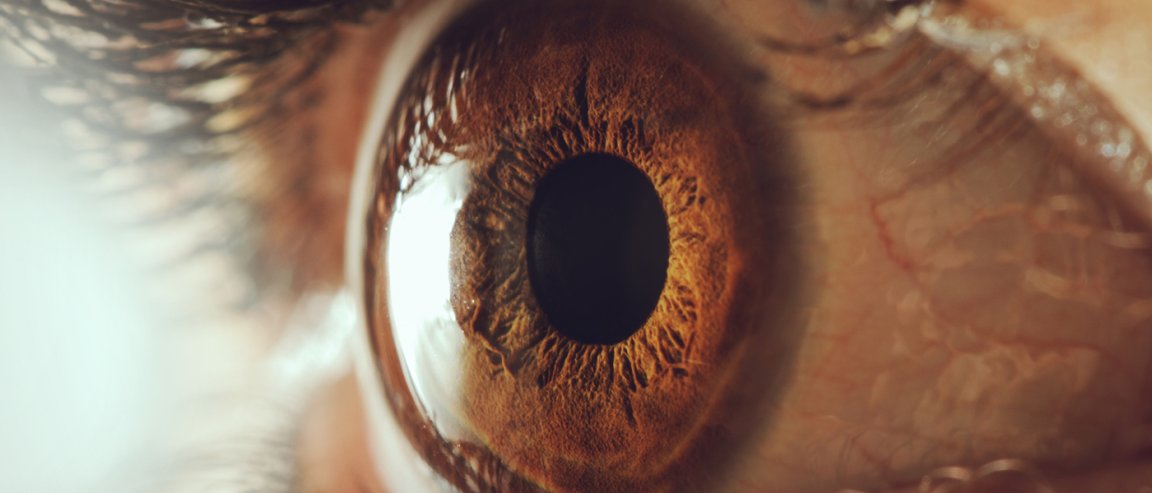
No Eyes Necessary
There are about 285 million people in the world who suffer from some type of visual impairment. For many years, researchers have been looking for ways to restore eyesight. This year, Australian volunteers are set to receive bionic eyes which should help restore their vision.

Arthur Lowery, a Monash University professor, is developing a “bionic eye” where a camera mounted on a pair of glasses will feed information about the world directly to the brain, bypassing most of the visual system entirely.
Although there are already a few retinal implants on the market, what sets Lowery’s eyes apart is that users won’t need actual eyes to enable it. His new glasses are capable of letting someone see even if his or her eyeballs are damaged, or completely non-existent.
If all goes according to plan, the volunteers will wake up with a crude sense of vision, “like a John Logie Baird television from the 1920s,” says Lowery.
Pulses and Pixels
The plan is to implant up to 11 small tiles, each loaded with 43 electrodes, into areas of the brain that deal with vision. Reportedly, when an image is picked up by the camera, these areas receive pulses which create a pixelated image seen by the brain.
This image will then be sent to a pocket-sized processor worn by the user where it will pull out the relevant parts of an image and send it to the tiles—creating a crude image able to restore the basic elements of sight.
Although this technology is only capable of producing a tiny fraction of the pixels a normal eye can produce, “it’s just the beginning, really, of a deeper understanding of learning how to work with human perception,” Lowery says.
Hoping to be able to open up a patient’s cranium and attach about four of those electrode tiles late this year, Lowery and his team are slowly bringing the light back to people who have lost it.